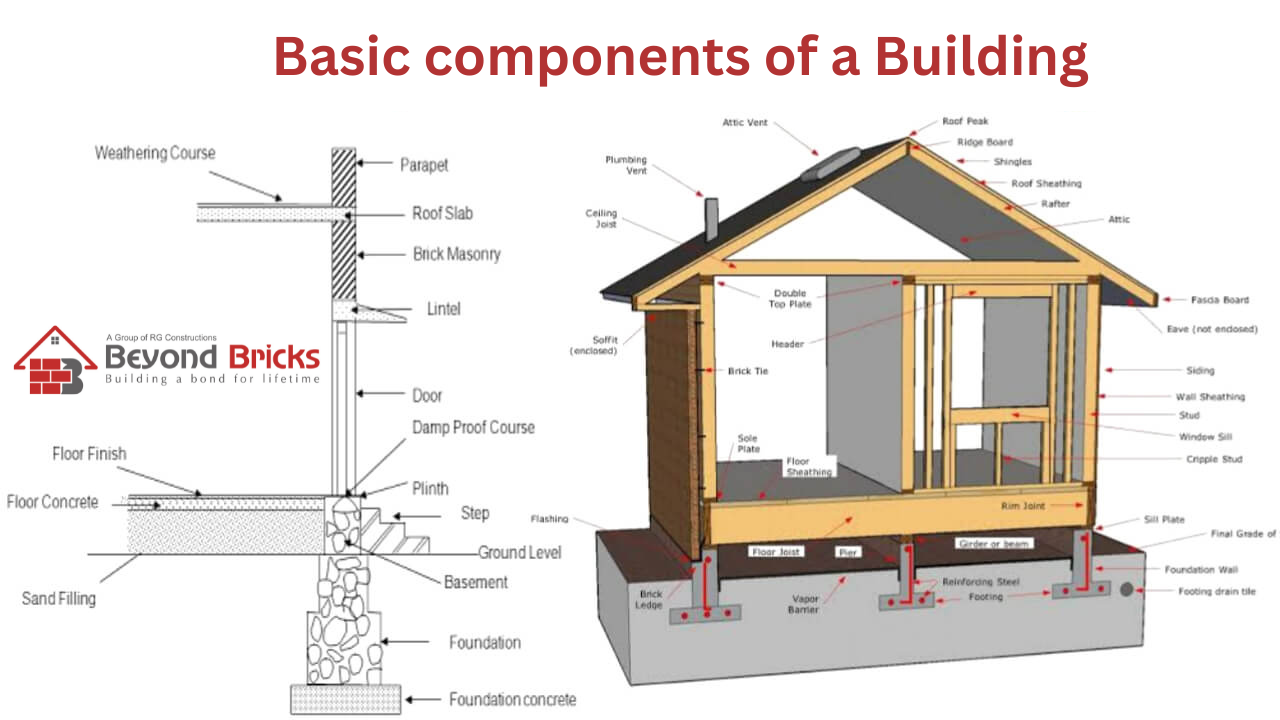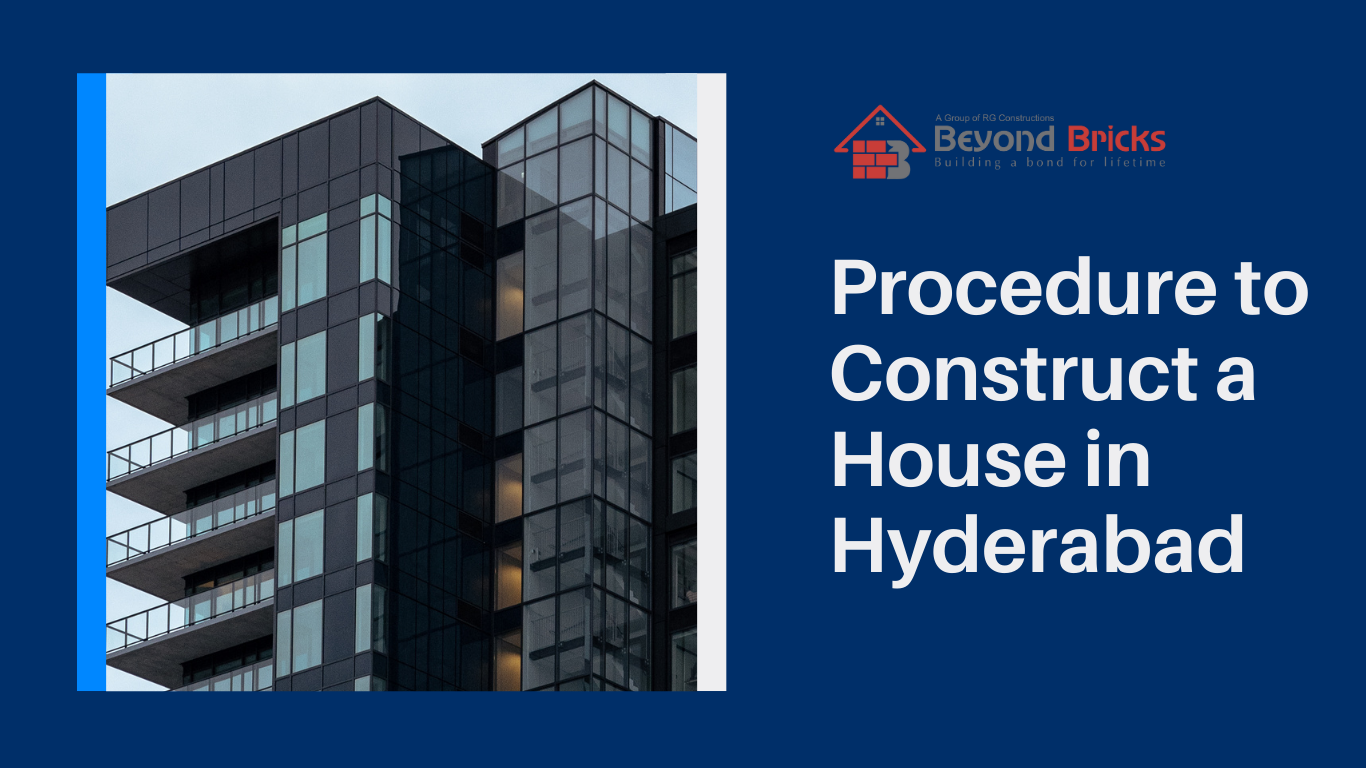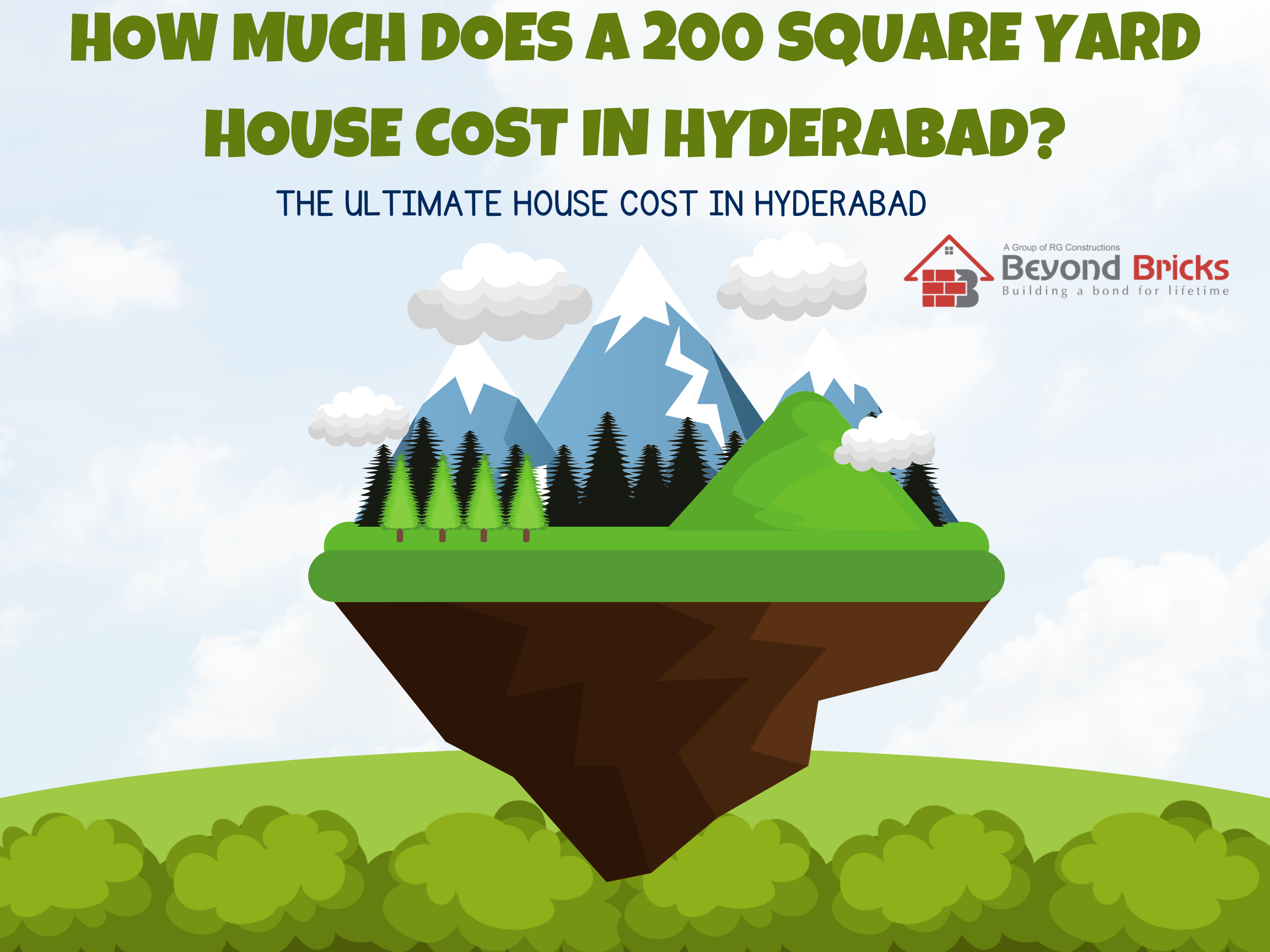The foundation, floors, and walls are the basic components of any building structure. These elements are responsible for supporting, protecting, and enclosing the building structure.
Below are 12 components that make up a building structure.
- Roof
- Parapet
- Lintels
- Beams
- Columns
- Dampproof course (DPC).
- Walls
- Floor
- Stairs
- Plinth Beam
- Foundation
- Plinth
1. Roof
The roof is the highest component of a building's structure. It covers the roof's top. Based on the weather and location, roofs can be sloped or flat.
2. Parapet
Parapets are walls that extend above the roof slab. Flat roofs can have parapets. It serves as a safety barrier for those who use the roof.
3. Lintels
Lintels are built above wall openings such as doors and windows. These structures can support the wall's weight as it passes over the opening. Lintels are usually made of reinforced cement concrete. Lintels in residential buildings can be made from either concrete or bricks.
4. Beams and slabs
The horizontal members of a building are made up of slabs and beams. The roof of a single-story building is formed by the top slab. For multi-story buildings, the beam transfers the load from the floor above to the slab. This is then transferred to the columns. Reinforced cement concrete (R.C.C) is used to construct slabs and beams.
5. Columns
Columns are vertical members that are constructed above ground level. There are two types of columns: structural and architectural columns. Architectural columns are designed to enhance the building's aesthetics, while structural columns take the load from the slab and transfer it safely to the foundation.
6. Damp Proof Course (DPC)
DPC is a waterproofing layer that is applied to the basement floor to stop water from rising into walls. The DPC is covered by the walls.
7. Walls
The walls are vertical elements that support the roof. You can make it from bricks, concrete blocks, or stones. Walls are an enclosure that protects against rain, sunlight, wind, and other elements. The walls have openings that allow ventilation and provide access to the building.
8. Floors
The surface that is laid on top of the plinth level is called the floor. You can use a variety of materials to make flooring, including concrete, granite, and marble. The ground must be properly compacted before flooring can be installed.
9. Stairs
A stair is a series of steps connecting different floors within a building structure. The stairway is the space that a stair takes up. There are many types of stairs, including wooden stairways and R.C.C staircases.
10. Plinth Beam
Plinth beams are beam structures that are built at ground level or higher to support the wall.
11. Plinth
The plinth is built above ground level. It is a layer of cement mortar between the superstructure and the substructure.
12. Foundation
The Foundation is a structural unit that evenly distributes the load from the superstructure to the underlying soil. This is the foundation unit that must be built for building construction. A solid foundation will prevent settlement.





